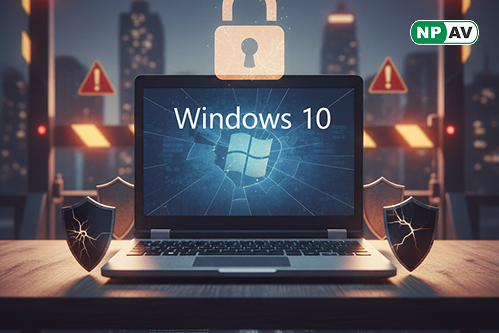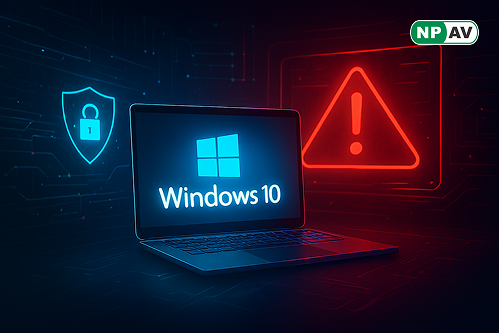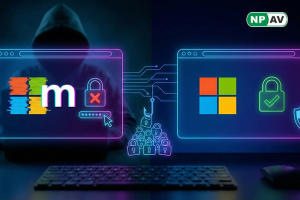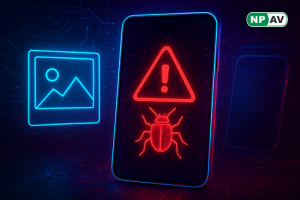Windows 10 Support Ends: How to Protect Your Device from Security Risks

Microsoft's Windows 10 support ended October 14, 2025, exposing users to malware, ransomware, and data breaches without updates. Hackers exploit unpatched systems, increasing risks for individuals and businesses facing compliance issues with sensitive data handling.


Upgrade to Windows 11 if your hardware qualifies (TPM 2.0 required), or opt for Microsoft's Extended Security Updates (ESU) for one more year of patches. This gives time to transition, but many devices won't meet Windows 11 specs, forcing hardware upgrades.


Protect your setup:
Back up data, use antivirus, and plan migrations. Enterprises should phase in Windows 11 via ESU to maintain security—staying patched is crucial against evolving cyber threats.
NPAV offers a robust solution to combat cyber fraud. Protect yourself with our top-tier security product, Z Plus Security






